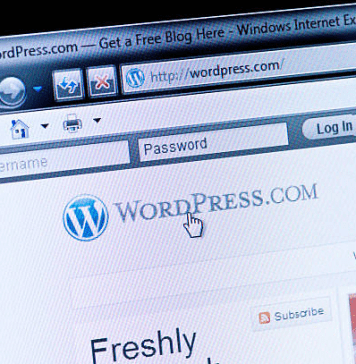
Your profit and loss statement shows that you turned a profit. But your bank account tells a different story. Where is all of the money going in your business? There are many reasons why your bank account may not reflect your profit and loss statement.
Here are some common business activities that may impact your cash flow but won’t necessarily show up on your profit and loss statement.
Payment Of Taxes
Every business makes tax payments, but profit and loss statements don’t always show these payments. Even if they did, the timing of these payments would be different from what is in the statement.
Because profit and loss statements don’t normally include tax payments, it may look like you have more cash on paper than you do in your bank account. Using a taxes calculator can help improve the accuracy of your financial reports and better understand your current financial position.
Buying And Sales of Assets
If your business purchases or sells fixed assets, it will impact your cash flow positively or negatively. Again, these activities are not usually reflected in your profit and loss statement. Instead, these are reflected in your balance sheet. For this reason, you may think you have more or less money than your bank statement reflects.
· Purchasing an asset will drain your cash flow, but you may not realize how much impact it has if you’re not carefully monitoring your cash inflows and outflows.
· The sale of an asset can produce an influx of cash, but if you’re not looking closely at your balance sheet, you may not know how much more cash you have for investing or to cover your operating expenses.
The buying and selling of assets are yet another activity that can cause confusion and leave you wondering where your cash went.
Changes In the Number of Debtors
Just because your profit-and-loss statement shows that you invoiced clients doesn’t mean that you collected those invoices. Until those clients pay those invoices, your bank account balance will stay the same.
If the number of creditors and debtors has increased and those invoices have yet to be paid, you may struggle to cover your debts.
If you’re looking strictly at your profit and loss statement, you may assume that you have more cash than you do and may take on more debt than you can realistically handle.
It’s important to have a complete and accurate picture of your business’s finances before taking on more debt, and that means looking at more than just your profit and loss statement.
Paid-Back Loans
Paying off loans can help reduce your business’s debt, which is beneficial in the long run. However, these payments will negatively affect your cash flow in the short term. Depending on the loan’s size, it may eliminate your cash flow entirely, leaving you in negative territory.
Because loan principal payoffs are not business expenses, they won’t appear in your profit and loss statement. For this reason, they can cause confusion and a discrepancy between your profit and loss and your bank account balance.
Concluding Remarks
There are many reasons why your profit and loss statement may say one thing and your bank account another. That’s why it’s important not to rely solely on your profit and loss statement when making business decisions. Creating cash flow statements and forecasts can give you a more accurate picture of your business’s financial health.
You’ll find many cash flow management tools that integrate with your accounting software for better accuracy and time savings. When you use the best cash flow forecasting software for Xero, for example, you can see exactly how much cash your business has at any given time. This data will allow you to make smarter and more informed business decisions.
Proper cash flow management is one of the keys most important steps to keeping your business healthy and thriving because it gives you a complete picture of your company’s finances. Using the right cash flow software will automate the process, saving you time and improving the accuracy of your reports.













